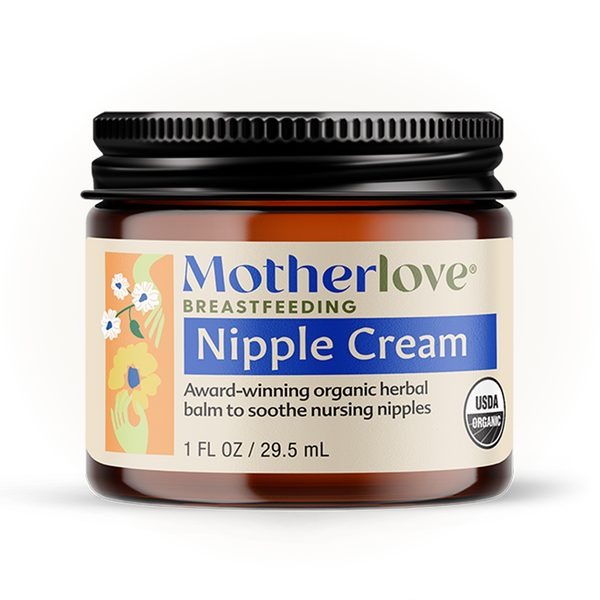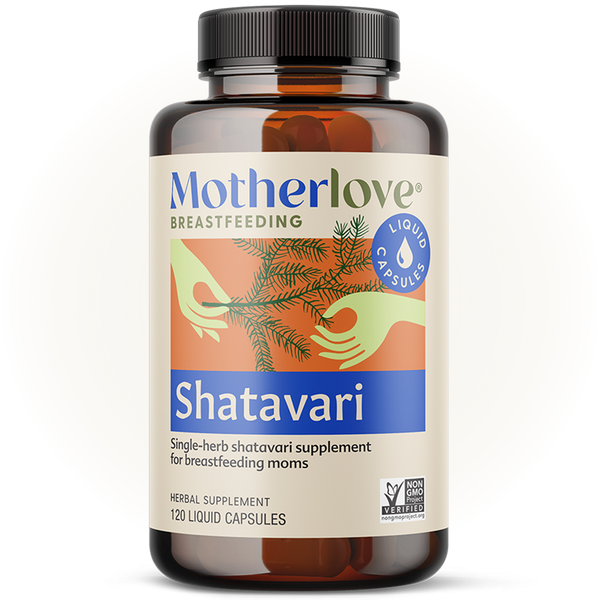Written by Wendy.
If you are an exclusive pumper, or if pumping at night is part of your breastfeeding journey, you may be wondering: How do I stop pumping at night? Importantly, you probably want to know when it’s ok to stop pumping, and how to do it in a way that doesn’t tank your milk supply. You may also be concerned about developing clogs or mastitis if you give up the middle-of-the-night pump.
These are all understandable questions, and you are not alone if you are concerned about these things. Here, we’ll go over everything you need to know about weaning from nighttime pumping.
WHEN TO STOP PUMPING AT NIGHT
The first question many parents have is when it’s acceptable to stop pumping at night. This question is usually on your mind once you notice that your baby starts sleeping longer stretches at night. If your baby isn’t waking up to eat, does that mean pumping is less important at that time?
This is a tricky question, because it partly depends on the age of your baby and what their eating patterns are when they are awake. Here’s what to know.
NEWBORNS
You should always pump at night during the newborn months (first 12 weeks), even if your baby sleeps longer stretches. This is because you are establishing your supply at this time, and it’s necessary to send your body the signal that you need to be making lots of milk, even if your little one is snoozing through feeds sometimes. The type of pump you choose is up to you. There are a variety of breast pumps, including manual pumps, wearable breast pumps, battery-powered pumps, and hospital-grade pumps. If you're curious about how to pick the best breast pump for your needs, check out this blog post.
THREE TO SIX MONTH-OLDS
Once your baby is older, and if you notice that they are sleeping longer stretches consistently (i.e., it wasn’t a fluke incident), you might consider dropping that nighttime pump as well. However, if your baby is still under six months old, and exclusively fed breast milk, you want to make sure that you are still pumping frequently during your waking hours, so that you are able to maintain your supply and produce enough milk for them.
OLDER BABIES
If you have an older baby who is transitioning to solids, it will be much easier to safely drop the middle-of-the-night pumping session. Transitioning to solids is a gradual process, and breast milk should still make up the bulk of your baby’s diet for the first 12 months. However, once they are eating a few meals of solid foods per day, you can safely start giving them less pumped milk, and the nighttime pump is usually the first to go in this case.
MAINTAINING YOUR MILK SUPPLY
It’s essential to keep in mind that all pumping parents are different, and each of our bodies respond differently to changes in our pumping routines. Some parents can drop a nighttime session and not notice much change in their overall milk supply.For example, once they drop the nighttime feed, they might notice that they can consistently pump more milk in the morning and do just fine. Others will notice a drop in their overall supply but will be fine with that because their baby naturally needs less milk (i.e., some of their calories are coming from solids).
The concern with dropping nighttime feeds in particular is how it might impact prolactin levels. Prolactin is a hormone that is secreted when a baby nurses, or when your breasts are stimulated during pumping. Prolactin helps regulate your milk supply, and tells your body to keep producing milk.
Studies have found that prolactin is secreted at its highest levels at night and in the morning. As such, skipping pumping at night could theoretically make your milk supply take a bigger hit than skipping pumping during the day. Again, though, this doesn’t happen to everyone. Moreover, you can tackle this by increasing your daytime pumping, and also making sure to pump a little extra in the morning (when your prolactin is also high).
CONCERNS ABOUT CLOGS AND MASTITIS
It’s totally natural to feel concerned about getting clogged ducts or mastitis (breast infection) if you stop pumping at night. You may be especially concerned if you are someone who is prone to clogs or mastitis. Besides weaning from pumping very gradually (more on that in a second), it can be helpful to make sure you wear loose-fitting clothing at night, not to sleep on your belly (and compress your breasts), and to hand express a very small amount from your breasts if you are feeling engorged and you need to express milk. If you find yourself concerned about clogged or plugged ducts, check out this blog for preventing and treating plugged ducts.METHODS FOR WEANING OFF NIGHTTIME PUMPING
Okay, so you’ve determined that you are ready to drop that nighttime pumping session, but you aren’t sure exactly how to do it. Here are some options to consider.DO IT GRADUALLY
The best way to wean off of nighttime is to do so gradually. This gives your body time to adjust, prevents clogs and mastitis, and helps you see what giving up this nighttime pumping session is doing to your overall milk supply. Many parents find that decreasing their pumping session by about five minutes at a time is helpful. So, if you pump for 20 minutes each night, it would take you about four days to give up that pumping session. Again, though, you should figure out what the best time frame is for you and your body.CHANGE THE TIMING OF YOUR EVENING AND MORNING PUMP
Another way to wean from your nighttime pumping session without too much engorgement and with fewer hours elapsing between pumping sessions is to tweak the timing of your last evening pumping session and your morning pumping session.For example, let’s say you pump at 8:30 pm each night before you go to sleep, and then you pump at 7:30 am each morning when you wake up. You might want to push your last pump to 10 pm and try to time your morning pump for about 6 am. This means you will only be going 8 hours without pumping, rather than 11 hours, if you stuck to your previous schedule.
PUMP MORE DURING THE DAY
If your baby is still young and you need to maintain your previous milk supply once you drop your nighttime pumping session, it might be necessary to add in some pumping during the day. Pumping just one more time during the day might be enough, but if you find that isn’t enough, you might want to try “power pumping,” which is a pumping method that mimics the cluster feeding babies sometimes do. It involves pumping several times in a short amount of time, such as pumping for 10-15 minutes three times in an hour, resting in between pumping sessions. To learn more about power pumping, check out this blog!TROUBLESHOOTING
Let’s say you’ve transitioned out of that nighttime pump, and you’ve found that your supply has taken a hit, and you aren’t able to pump as much milk as your baby needs. Keep in mind that milk supply is something that’s always in flux, and most milk supply issues are fixable. You can always boost your supply with more pumping. You can try pumping more right before bed or pumping for a longer session first thing in the morning when your prolactin is high. Remember that it will take your body 3-4 days to get the message and start producing more milk, so have patience.
If you are still encountering issues, remember that you don’t need to fix this all on your own. You shouldn’t hesitate to reach out to a lactation professional for guidance and support.







